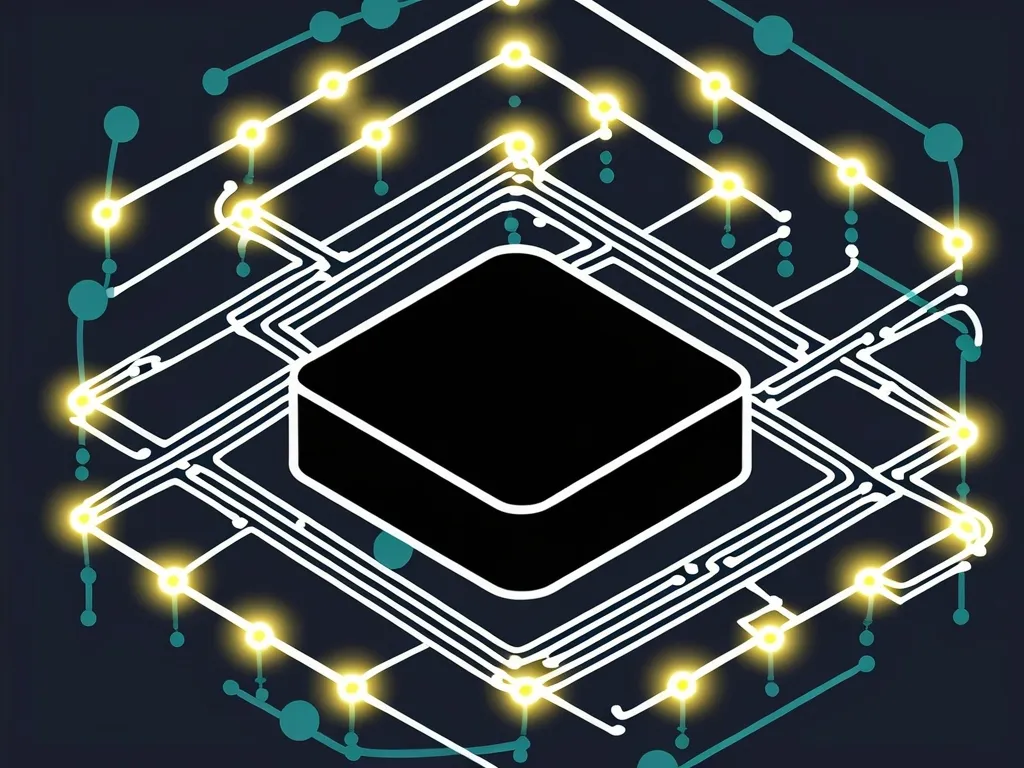The Vatican is like the world’s best-kept secret, filled with intrigue and mystery. For centuries, it’s been the center of countless conspiracy theories and fascinating stories about hidden treasures and ancient artifacts. Let’s dive into some of the most captivating aspects of the Vatican.
First off, there’s the Secret Archives. Despite what the name suggests, “Secret” doesn’t mean sinister or spooky. It actually means private or personal. These archives are a goldmine of historical documents, with letters from notable figures like Abraham Lincoln and Mary, Queen of Scots. The collection is so massive it stretches over 53 miles of shelving and includes documents that go as far back as the 8th century.
People have always been curious about what’s inside these archives, but lots of the myths have been debunked. Scholars got access to them in the late 19th century, and now, researchers can explore a significant chunk of the documents. Still, these archives hold some cool historical mysteries like notes from Galileo’s trial and a papal bull from 1493 that decided how Spain and Portugal would split new lands.
Then there’s the Apostolic Penitentiary, an ultra-secretive tribunal that’s been working for over 800 years. It deals with super serious sins, ones too big for your local bishop to handle. Some of these sins include desecrating the Eucharist and attempting to assassinate the pope. Everything’s kept confidential, even using pseudonyms for the sinners involved.
The Vatican’s finances are also a bit of a mystery. It makes money from books, museums, stamps, and souvenir shops. Plus, it gets a lot of financial support from the U.S. church, a partnership that dates back to 1922. This happened when U.S. Catholics helped fund the election of Pope Pius XI.
There are also some wild conspiracy theories out there. Some folks believe the Vatican has proof of extraterrestrial life or is hiding evidence that Jesus Christ didn’t exist. Most of these claims are far-fetched, but they keep adding to the Vatican’s aura of mystery.
The Swiss Guards are another fascinating part of Vatican life. These guys were recruited by Pope Julius II in the 16th century and are known for their loyalty and bravery. They’ve been protecting the pope for centuries and are now a strong symbol of the Vatican’s rich history and tradition.
In contrast to its old-school image, the Vatican isn’t totally stuck in the past. Pope Benedict XVI was into tech, using text messages and social media. The Vatican even has a YouTube channel and an iPhone app for prayers. This blend of old and new continues to add to its mystique.
In recent years, the Vatican has had its share of scandals. The Vatileaks scandal in 2012, for example, involved the leaking of private documents by Pope Benedict XVI’s butler. This exposed internal corruption and blackmail and eventually led to Pope Benedict’s resignation in 2013.
The history of the Vatican is also sprinkled with controversial events like the Cadaver Synod of 897 AD. In this bizarre episode, a dead pope was exhumed and put on trial. It was a political move to cancel out the actions of the deceased pope.
Despite all the mysteries and scandals, the Vatican remains a place of immense historical and religious significance. Its secrets and artifacts keep people intrigued and make it one of the most fascinating places on Earth.






